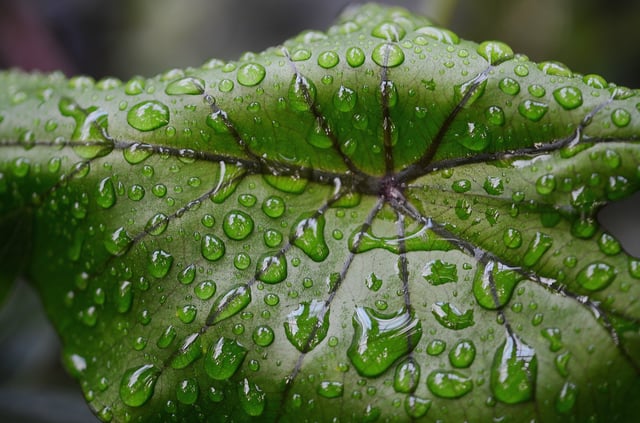
Water One More Time
Cool, brisk days and chilly nights are indicators that winter is fast approaching and irrigation systems need to be shut down. But a dormant irrigation system doesn’t mean your watering is complete.
As fall merges into winter, a deep watering on your new plants or existing evergreens will help alleviate any moisture stress they may experience during winter.
Which plantings would be considered “new”?
Newly planted shrubs and trees take a while to establish. “New plants” would include everything planted within the last year and a half. Even under perfect growing conditions, a shrub will take two years to establish while a 2″ caliper tree will take three.
What are the winter risks?
During establishment, trees and shrubs are especially susceptible to drought, including dry winters. Small plants like perennials will dry out too, especially if moles have been working the soil around them.
In addition, we have not received regular rains for weeks, and the soil is very dry. The winds are a recipe for desiccation for new roots.
How can I help my new plants survive winter?
Make sure your ground is damp to at least 12 inches. A good, deep soaking will ensure the moisture is going to the root system.
How do I do that?
Drill some small holes in the bottom of a 5-gallon bucket and set it at the base of the plant. The water will release slowly and soak into the ground instead of running off.
Running a sprinkler or soaker hose attached to your garden hose for 30- 60 minutes also works well.
What other plants require winter watering?
Evergreens, whether new or existing, also benefit from extra moisture during winter.
During the cold and windy winter months, evergreens lose moisture that is stored in their needles or leaves causing the tips or entire leaves to brown. Broadleaf evergreens like Boxwood and Holly are especially prone to winter damage. To reduce or prevent this damage, water deeply as you would a newly planted tree or shrub.
As the days get shorter and colder, working in the garden may become less appealing. But this one, simple step will keep your plants healthy this winter and provide them with a renewed vigor in the spring!



